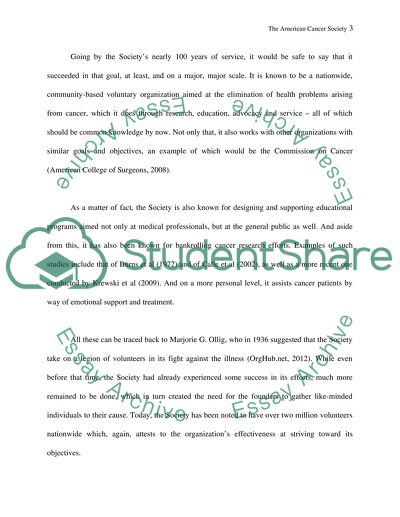Cite this document
(An Overview of the American Cancer Society Term Paper, n.d.)
An Overview of the American Cancer Society Term Paper. Retrieved from https://studentshare.org/social-science/1603361-american-cancer-society
An Overview of the American Cancer Society Term Paper. Retrieved from https://studentshare.org/social-science/1603361-american-cancer-society
(An Overview of the American Cancer Society Term Paper)
An Overview of the American Cancer Society Term Paper. https://studentshare.org/social-science/1603361-american-cancer-society.
An Overview of the American Cancer Society Term Paper. https://studentshare.org/social-science/1603361-american-cancer-society.
“An Overview of the American Cancer Society Term Paper”, n.d. https://studentshare.org/social-science/1603361-american-cancer-society.


